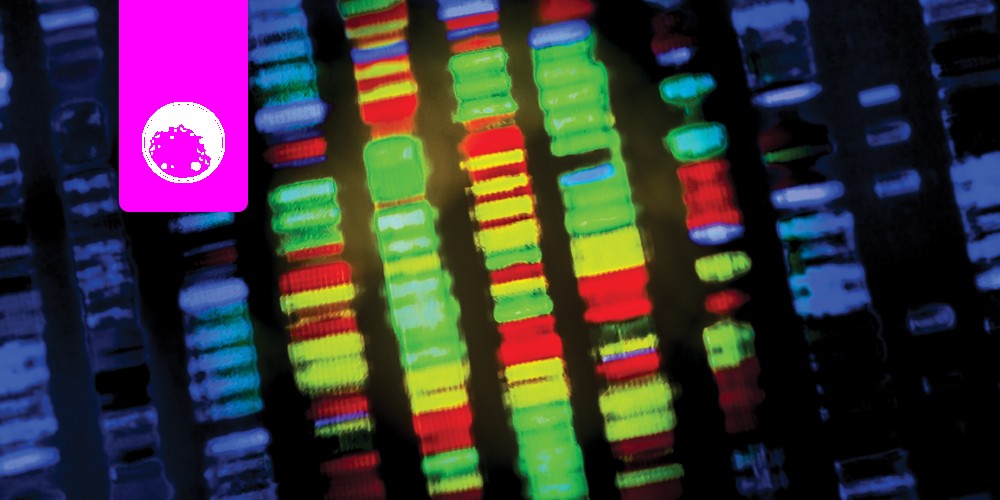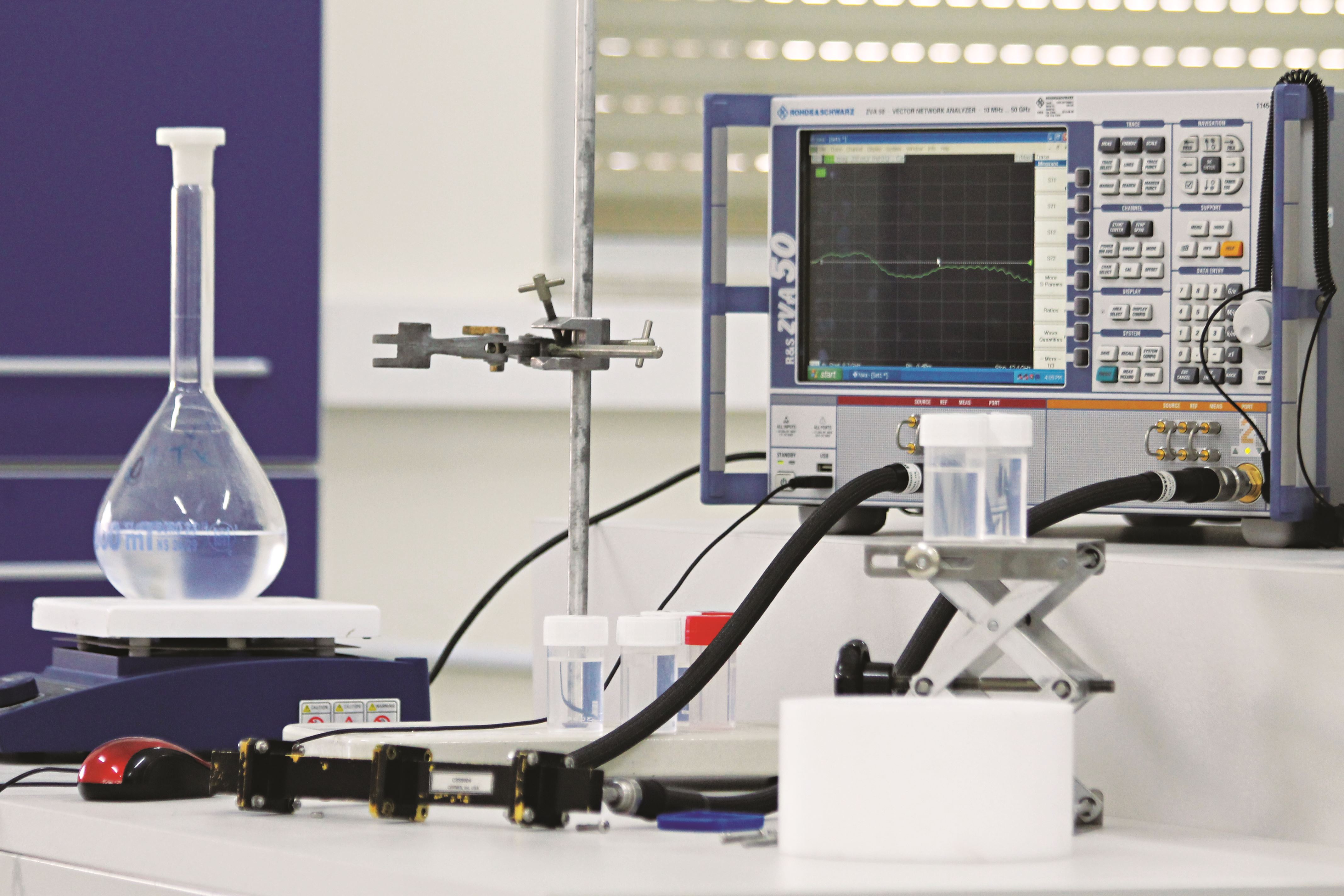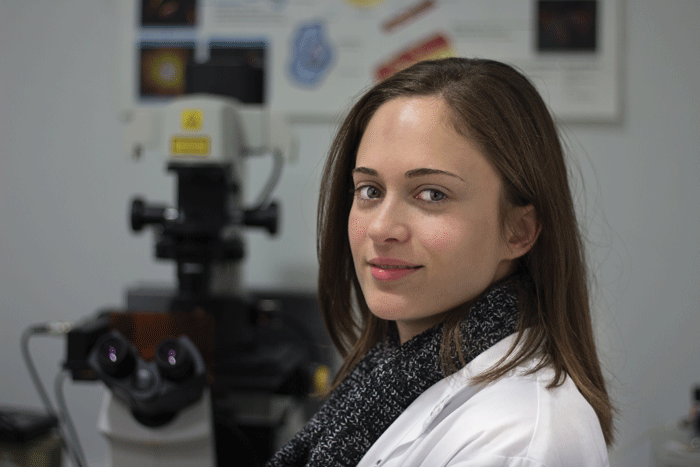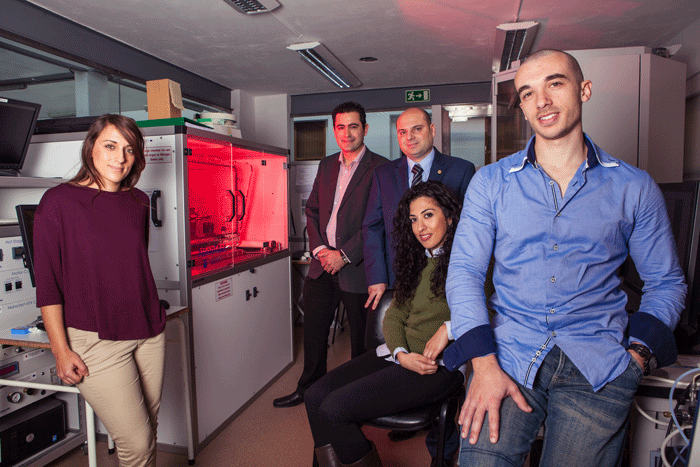Psychedelics conjure images of hippies and tie-dye, or they may trigger images of junkies and erratic behaviours. However, psychedelic drugs are gaining a reputation as possible therapies for many psychiatric disorders, and researchers are not shy about praising their benefits. Meanwhile, psychedelics are illegal in most countries, deemed dangerous, and their use socially condemned. THINK explores the ambiguity behind this class of drugs.
Continue readingPutting patients first
Most cancer treatments involve complex surgeries, toxic drugs, or taxing radiation, but there are other answers to this devastating disease. Prof. Pierre Schembri-Wismayer is developing a vaccine that works by harnessing our body’s own immune response and directing it towards the threat, fighting the disease as an inside job. Words by Gail Sant.

Our bodies produce billions of cells every day. With such industrial production rates, it’s entirely likely that a mistake or two are made along the way. Cancer cells are those mistakes—faulty mutants.
Humans are also equipped with mechanisms that allow them to recognise cancer cells and get rid of them, but there can be trouble when distinguishing ‘bad’ from ‘good’. Part and parcel of cancer is that it compromises the immune system to ‘escape’ our ‘guards’. This precious time during which the body fails to recognise the mutants is the golden opportunity for cancer cells to multiply and thrive. And as the cancer grows, so do the problems that come with it.
Despite the varied types of cancers in existence, treatment usually entails surgery and chemotherapy. But the risks and side-effects that come with them are heart-wrenching.
But what if a vaccine can stop cancer in its tracks? Prof. Pierre Schembri-Wismayer and his team are working on a type of immunotherapy that enables the body to recognise the invading cancer sooner, directing the attack as a result.
How it works
Vaccines work by triggering an immune response in the body. These cancer vaccines developed by Schembri-Wismayer work the same way. He collects a piece of the cancerous tumour and denatures (a process not unlike cooking or boiling) it in formalin, which modifies its shape, making it easier for the body to recognise as a foreign body. The body can then remove it.
Our bodies have a naturally low tolerance when it comes to foreign entities, so when a vaccine injects the cooked tumour, the body recognises it and ambushes both the injected and the original cancer present in the patient, ‘engendering a stronger immune response’.
Inspired by a Japanese research paper, yet baffled by its lack of recognition, Schembri Wismayer modified the method outlined there and created his own version of the vaccine to accommodate his first patients: a pair of pet rats.
The founding pets
Schembri-Wismayer had the perfect opportunity to test the potential cancer treatment when a student’s pet rats fell ill. Their owner mistakenly overfed the rats to such an extent that they became obese. ‘The rats became square-shaped,’ Schembri-Wismayer notes. With the increase in body fat, their oestrogen rose too—a female sex hormone that increases the risk of breast cancer. As a result, both rats developed the disease, and even showed metastasis in both underarms, which also happens in humans. Obesity is linked to cancer in many animals.
Within days, Schembri-Wismayer took samples from the rats and produced a tailor-made vaccine for each rat. Two weeks after their treatment, the rats’ owner informed him that they were in a lot of pain. ‘But tumours don’t hurt,’ Schembri-Wismayer explains.
An operation on the rats revealed that the tumours had broken down (were full of dead cells). This confirmed that the rats’ pain was actually stemming from the inflammation caused by the vaccine itself.
Physical anguish aside, this was a good sign, an indication that the body was fighting back. In the end, the tumours burst, necrosed, and died. The rats beat the cancer, and thus a new research project found its beginnings.

Hurdles ahead
Having had such promising results, and with ethical approval from the local Animal Welfare Council as a therapeutic option, Schembri-Wismayer turned his attention to a group of animals which would benefit a lot from such vaccines—people’s pets.
‘In many cases, once a dog or a cat gets cancer, there’s not much you can do if it spreads,’ says Schembri-Wismayer. His vaccines can offer new hope to pet owners when cancer strikes and the only option is to put them down. And so it has.
With consent from owners and vets, Schembri-Wismayer offered the therapy to cats and dogs of different breeds. The types of cancer varied, as were their progressions, and so the results were just as jumbled. The treatment was successful for some, but not all. Considering this treatment is still in its early days, an element of trial-and-error puts some animals at a disadvantage, particularly those who are very ill when the disease is in its last stages. It should also be mentioned that this research project was held back by challenging communication difficulties between everyone involved. ‘Different priorities made the process more difficult than it had to be,’ Schembri-Wismayer notes. The ideal scenario would see him and the veterinarian working hand-in-hand to follow up on the animals and their response to the treatment using blood tests and ultrasound.
That said, the potential of the treatment isn’t limited to individual successes. Each pet-patient contributed to a better understanding of the treatment, especially when owners were immensely helpful and allowed the veterinary surgeon to provide the team with a piece of the tumour after treatment (even if the pet was put down). With that in mind, the prospects of this type of immunotherapy are promising to say the least.
Moving onto human trials
While the vaccine’s promising results might be a step in the right direction, the cure for cancer doesn’t seem to be in the near future. The ongoing animal treatments are providing useful information, but the move to human trials is gruelling. Testing out new therapies comes with storey-high hurdles, including financial ones, that need to be overcome.
The reality is that this kind of therapy would work best as a first response (or after debulking surgery). Because the more widespread the cancer, the bigger the immune response the vaccines create. And ‘if a reaction is strong enough, it might be enough to kill the patient,’ Schembri-Wismayer explains. But medicine works with a set of rules and best practices. Doctors are obliged to try what’s known to work first before moving onto lesser-known experimental drugs. This fact is a challenge. Despite the hurdle, Schembri-Wismayer is certain that people would eventually volunteer to be involved in clinical trials, as happened with HIV/AIDS treatments. ‘Unfortunately in end-stage cancer you have no other options.’
Vaccines for human use need to be produced in Good Medical Practice (GMP) facilities, cites Schembri-Wismayer. However, there are no such facilities locally. After a long search, he has finally found an industry partner that has agreed to create the vaccines in Belgium, against a price, as long as he sets up the clinical trials. This little victory comes with its own set of problems. In this case, the new limiting factor is mainly funding. Clinical trials typically cost millions.
The politics of Cancer
Logistics aside, the hunt for a cure faces problems even more complex than what already seems immensely problematic. Schembri-Wismayer explained that there’s a major systematic flaw.
‘Many cancer researchers are not doctors. Their career depends on peer-reviewed publications and not finding a cure.’ This means that as long as their findings are statistically significant or are ‘good enough’ to be published in a high-end scientific journal, their job is done.
Granted, no research finding can be seen as wasted knowledge. Each can be seen as a small step forward. However, Schembri-Wismayer believes that the millions of funds designated to cancer research should have more rapid deliverables that directly benefit the patients, not just academic careers. Unfortunately, the cancer research community is a circular one, where scientists review other scientists mainly based on publications to get further funding.
‘I am not trying to publish in Nature [the world’s top academic publication], I’m trying to cure cancer’, says Schembri-Wismayer as he confesses that he feels guilty about not letting his students publish papers. But this is a necessary evil in the journey towards therapies. ‘Once a method is published, no company will touch it because it’s in the public domain.’ The method would have no monetary value since anyone could copy it. Needless to say, no pharmaceutical company will industrialise a drug that doesn’t guarantee profit.
Speaking of profit, Schembri Wismayer expressed that the financial aspect of this study is one of his greatest motivations. ‘Most of these drugs cost the Earth’, he said, adding that ‘when each shot costs €30,000 and the success rates are low, very few National Health Care systems are going to provide it.’ Take Yervoy, a drug commonly used to treat melanoma; one dose can cost up to €4,000. Survival rates after treatment are low. And there are no ‘money-back-guarantees’ if the outcome is less than satisfactory. As a result, studies have shown that a quarter of cancer patients in the US choose not to take such prescriptions because of such high prices. Money shouldn’t be the limiting factor in the fight for survival. Schembri-Wismayer believes in cancer treatment that’s affordable for everyone.
Fighting the good fight
Even in the face of all these odds, Schembri-Wismayer persists. A cancer patient isn’t just a number; a cancer patient is also a mother, a brother, or a friend. And knowing this is enough to help him and thousands of other cancer researchers to continue pushing through.
One in two people in the UK will be diagnosed with cancer during their lives. It is a harsh reality, but humankind will eventually find a cure just as it has with other previously deadly diseases such as influenza or measles. This vaccine is in its early stages but with the proper support, it may contribute to an affordable, life-saving cure.
Heat for health
Over 10% of the Maltese population lives with type 2 diabetes mellitus. This means the local risk for peripheral arterial disease, the one that usually leads to amputation, is alarmingly high. But now, a team of researchers from the Faculty of Health Sciences (University of Malta) has its hands on a new high-tech camera that can be used to detect foot complications before it’s too late.
A common symptom of peripheral arterial disease is a gradual temperature increase in a person’s foot. The change is very mild, making it difficult to detect manually. So Dr Alfred Gatt and his team are using the state-of-the-art thermographic FLIR thermal camera to hone in on these temperature variations from type 2 diabetes mellitus.
The camera uses infrared light in the same way a regular camera uses visible light to produce an image. Yes, puppy pictures are still possible, but they definitely won’t look as cute. Its ability to measure emitted heat means it is non-invasive, reducing risks of infection completely. So while the €30,000 price tag may seem high to some, it will save money in the long run.
The applications of this piece of equipment go above and beyond diabetes. It is being used for multiple research projects and contributing to medical knowledge related to other vascular diseases and physiological processes. Its true cost? Priceless.
Analysing the building blocks
Gene sequencing for disease treatment
A staggering amount of diseases can be traced back to a genetic cause. Dr Rosienne Farrugia talks to THINK about her team’s efforts to use genome sequencing to eventually secure timely treatment for some very serious conditions.
Continue readingAspirin and Cancer
Aspirin is often considered a wonder drug due to its versatile use in treating inflammation, reducing pain, and helping to prevent heart-related disease. However, there is more to it. Aspirin is actually cancer-preventive. Studies have shown that a daily low dose of aspirin, medically prescribed for more than five years, lowers the risk of cancer-related deaths by at least 30%. So, should we all start taking aspirin on a daily basis to lower our chances of getting cancer?
No, not exactly. This is because many aspects of aspirin’s cancer-preventive effects are still poorly understood. Particularly, researchers have not yet pinpointed what enables aspirin to selectively kill early-stage cancer cells and not healthy cells. This is the scope of the research currently being carried out at the Yeast Molecular Biology and Biotechnology Laboratory (headed by Prof. Rena Balzan).
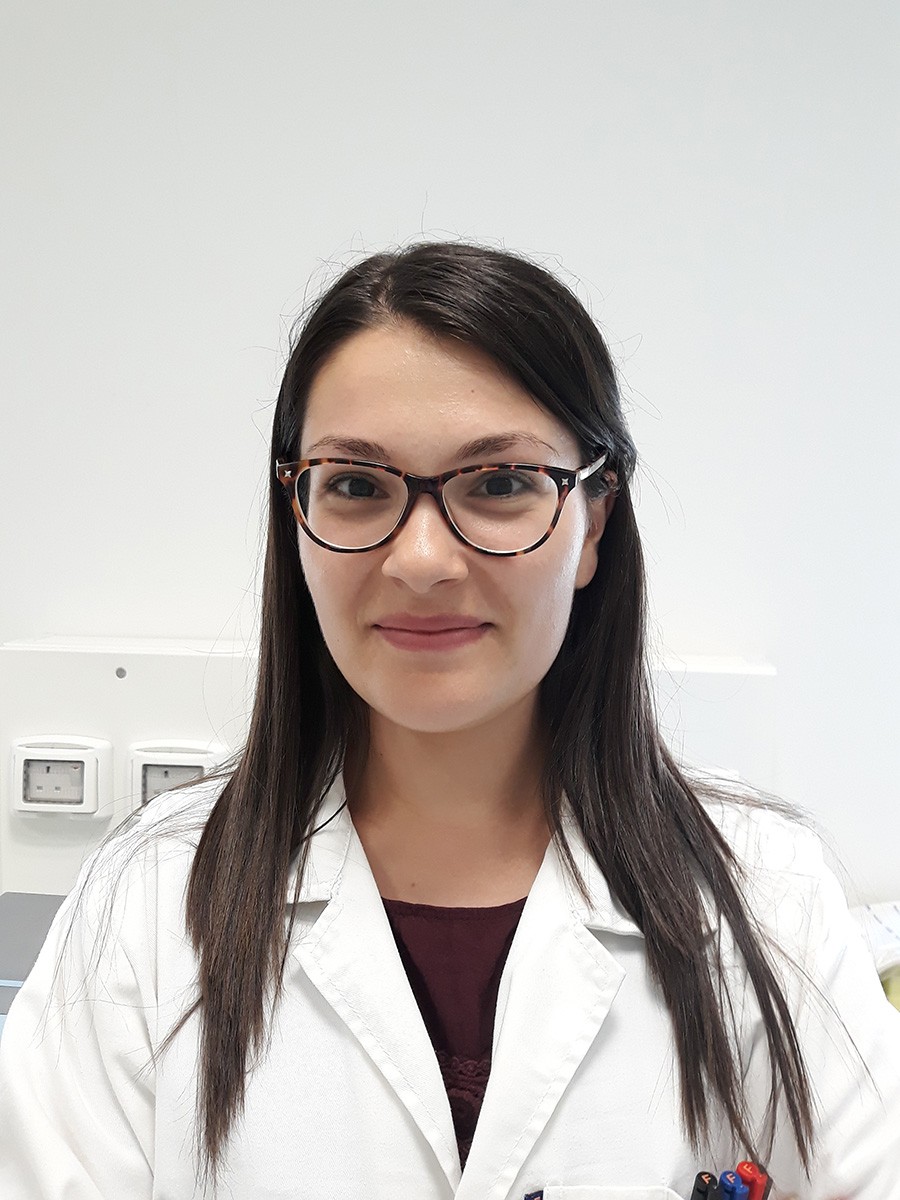
The secret behind aspirin’s tendency to kill certain cells but not others seems to lie in the physiology of the exposed cells. Aspirin exploits the natural differences between healthy and cancerous cells to eliminate malignant cells before they can take over.
Oxygen, if transformed into ‘Reactive Oxygen Species’, is known to cause DNA mutations that can lead to cancer. Through this research, we studied mutated yeast cells which are a relevant model of early-stage cancer cells due to their low tolerance to oxygen-associated stress. We then identified genes in these mutant yeasts which are affected by aspirin.
One of aspirin’s targets is a key metabolite required for the production of energy-rich compounds vital for cell survival. We found that aspirin creates a shortage of this metabolite in mutated yeast cells, causing them to run out of energy and die.
This implies that early-stage human cancer cells may suffer a similar fate and, more importantly, partly explains how aspirin prevents tumour formation. Such knowledge may prove useful in the development of novel anti-cancer treatments.
This research was carried out as part of Project “R&I-2015-001”, financed by the Malta Council for Science & Technology through the R&I Technology Development Programme. This research is being carried out as part of Azzopardi’s Ph.D. project at the Centre for Molecular Medicine & Biobanking and the Department of Physiology & Biochemistry, University of Malta
Author: Maria Azzopardi
Marijuana for Epilepsy
Over the last few decades researchers have been unravelling the truth behind marijuana. Prof. Giuseppe Di Giovanni tells us more about its use in medical research.
Continue reading


